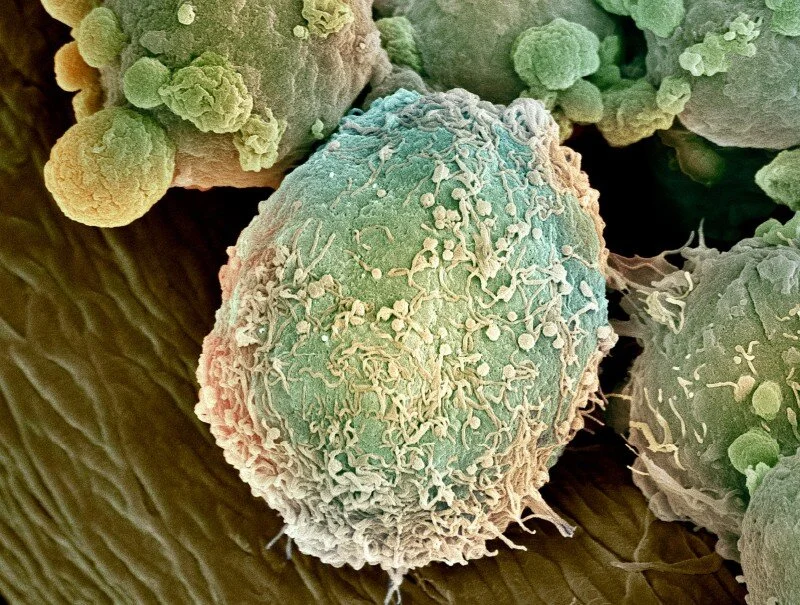Single-cell multi-omics sheds light on the importance of tissue heterogeneity
This is a brief preview of the full article, which can be found on Nature’s website.
Detailing the many cell identities that exist within healthy and diseased tissues is not only biologically and clinically important, it’s a significant problem for researchers. A cell’s identity is created by the overlapping effects of its genomic, transcriptomic, epigenomic, and proteomic profiles, and uncovering these overlapping layers within individual cells is exceedingly difficult. To date, researchers have largely relied on bulk deconvolution methods wherein cell identities are inferred from pooled data sets—an approach that is likely to obscure the impact of individual cell variations and overlook rare or transitory cell types that are no less consequential. Dan Landau, of the New York Genome Center, describes how single-cell multi-omics can help overcome this, and how 10x Genomics is helping advance his research.
Read the full Q&A on Nature



